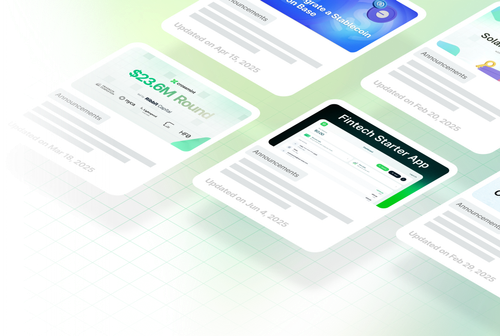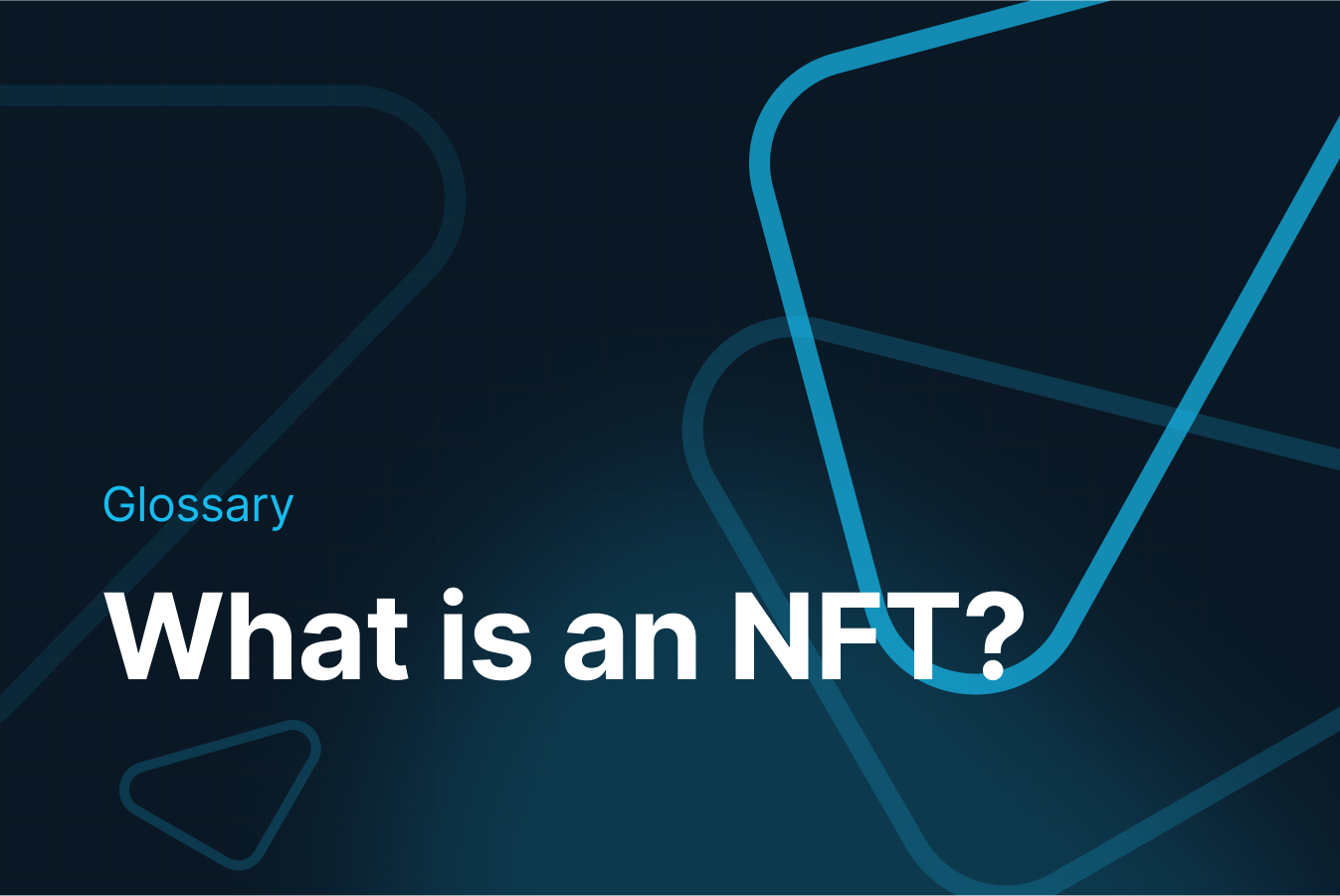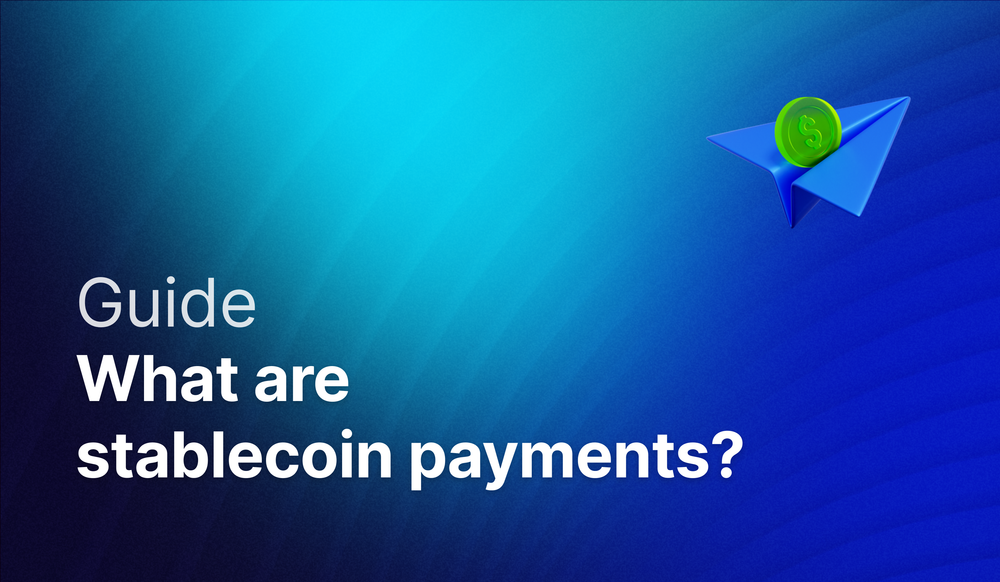In recent years, the digital world has witnessed a groundbreaking innovation that's captured the attention of artists, investors, and technophiles alike: Non-Fungible Tokens, or NFTs. These digital assets have not only introduced a new era in art and collectibles but have also sparked discussions about the future of ownership and authenticity in the digital age. This article delves into what NFTs are and explores their most prevalent use cases across various industries.
What is an NFT?
A Non-Fungible Token (NFT) is a unique digital identifier recorded on a blockchain, which certifies the ownership and authenticity of a specific digital item, such as a piece of art, a musical recording, or a video game item.
Each NFT holds specific data, including text, multimedia files and other metadata such as ownership and transaction history. NFTs are cryptographically verifiable, guaranteeing its uniqueness and provenance. As such, NFTs create a permanent, unalterable record of ownership for digital products or the digital representation of real world assets.
NFTs also offer composability, allowing holders to prove ownership of assets and certificates with any third-party website, without requiring cumbersome integrations.
Examples of real life NFT applications include the tokenization of financial instruments, membership passes, loyalty programs, music, collectibles, art, real estate, videogame assets, government documents, and more.
Read about how enterprises are using NFTs here.
What are the characteristics of NFTs
- Digital Uniqueness: Unlike cryptocurrencies such as Bitcoin or Ethereum, each NFT is unique. This uniqueness is akin to having a digital signature or certificate of authenticity for each token.
- Non-Interchangeability: The term "non-fungible" means that each token is distinct and cannot be exchanged on a one-to-one basis like regular currency. Each NFT has its own specific value based on factors like rarity, utility, and demand.
- Blockchain Technology: NFTs are built on blockchain technology, primarily Ethereum. The blockchain serves as a decentralized ledger that records all transactions. This ensures transparency and security, preventing duplication or forgery of the NFTs.
- Ownership and Transferability: Owning an NFT means having digital ownership of a specific item or piece of content (like art, music, video clips, etc.). This ownership is verified and recorded on the blockchain, making it easy to transfer or sell the NFT while keeping a clear record of its history.
How do NFTs Work
- NFT Creation (Minting): The process of creating an NFT is known as "minting." This involves uploading a digital file (image, audio, video, etc.) to an NFT platform and creating a blockchain entry that represents the file. The minting process embeds information like the creator's identity, ownership history, and any other relevant metadata. Read more about what is NFT minting and how to create and mint an NFT
- Smart Contracts: NFTs utilize smart contracts, which are self-executing contracts with the terms of the agreement directly written into code. These contracts can include details like royalties, ensuring creators earn a percentage from future sales. Learn everything about what is a smart contract.
- Verification and Authenticity: Each NFT includes information about its origin and history, which can be verified on the blockchain. This makes it possible to ascertain the authenticity and ownership of digital assets without the need for third-party verification.
- Marketplaces and Transactions: NFTs are bought and sold on specialized marketplaces. Transactions involve transferring the NFT from the seller's digital NFT wallet to the buyer's, with the blockchain recording the change in ownership.
- Interoperability: NFTs can be designed to be interoperable across different platforms and applications. This allows for their use in various digital environments, enhancing their utility and value.
- Storage and Access: While the NFT itself is stored on the blockchain, the associated digital file (like an artwork or music piece) can be stored anywhere. The NFT essentially acts as a proof of ownership for accessing or using the digital file.
- Rarity and Valuation: The value of NFTs is subjective and influenced by factors like the creator's fame, the artwork's uniqueness, and market demand. This often leads to significant price variability.
In essence, NFTs represent a new paradigm in the digital world, offering a secure and verifiable way to claim ownership of unique digital items. They are not just about digital art or collectibles but have applications on virtually every sector of the economy.








